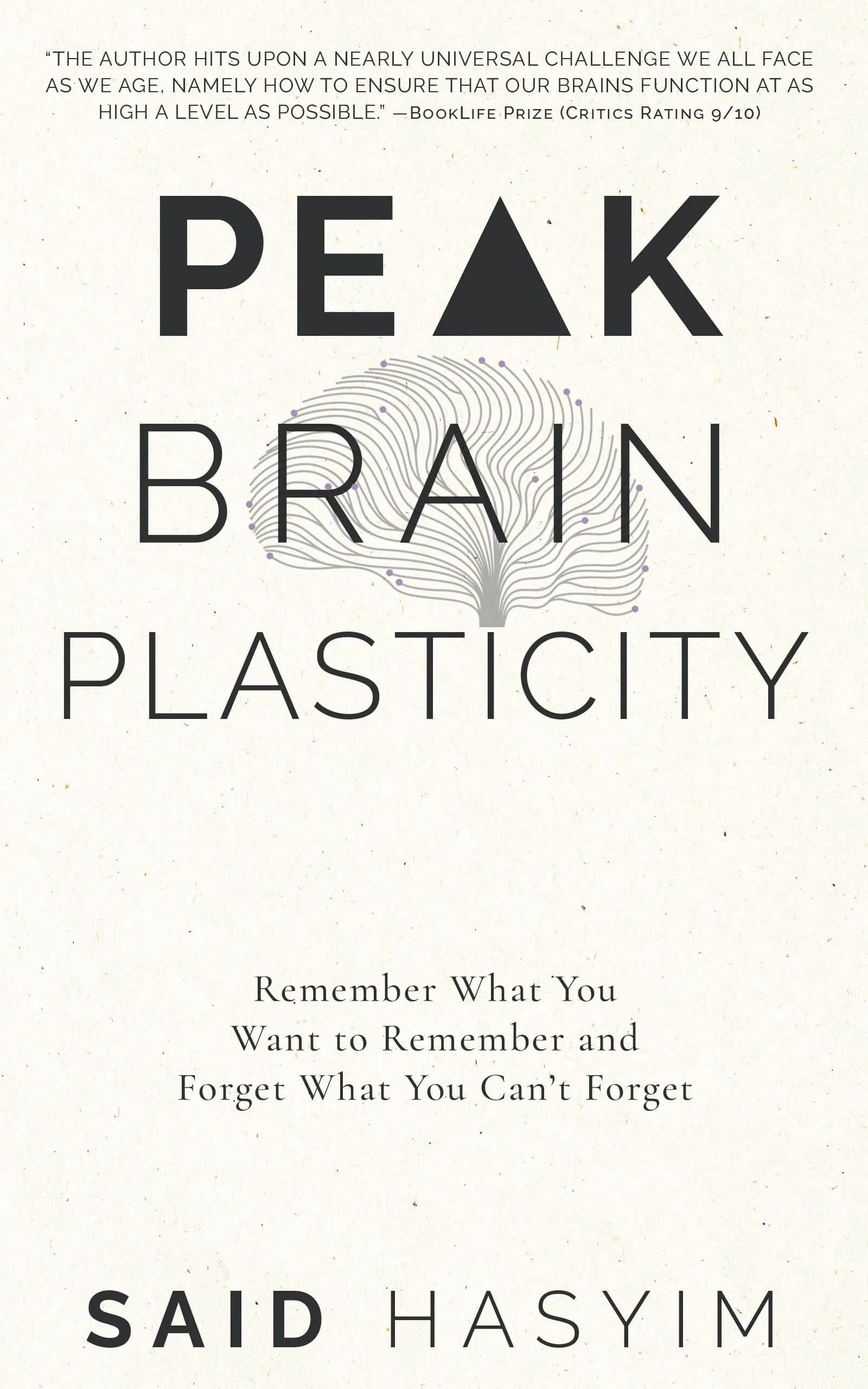Learning Styles: Tailoring Memory Techniques for You
In an era where information is abundant and constantly being updated, effective learning has become not just a goal, but a necessity. Understanding how we process and retain information can significantly enhance our learning experiences. One way to do this is by recognizing our unique learning styles. This blog post delves into various learning styles and offers tailored memory techniques that can help you optimize your retention and recall of information.
Understanding Learning Styles
The concept of learning styles is grounded in the idea that people learn differently based on their preferences and strengths. Several models categorize learning styles, but one of the most widely recognized frameworks is the VARK model, which classifies learners as:
Visual Learners: These individuals retain information best when it's presented visually. They benefit from diagrams, charts, graphs, and other visual aids.
Auditory Learners: These learners prefer to process information through listening. They excel in environments with discussion, lectures, and audio resources.
Reading/Writing Learners: This group learns best through text. They thrive on written material, be it books, articles, or note-taking.
Kinesthetic Learners: Kinesthetic learners acquire knowledge through hands-on experiences. They enjoy physical activities and learn through practice and movement.
Understanding your learning style can help you choose the right memory techniques to enhance your study sessions effectively.
Memory Techniques for Different Learning Styles
1. Visual Learners
For visual learners, utilizing imagery and visual aids can make a significant difference in memory retention. Here are some techniques tailored for you:
Mind Mapping: Create a diagram that represents your thoughts and ideas visually. Starting with a central concept, branch out into related topics and subtopics. Use colors and images to make it memorable.
Infographics and Diagrams: Transform textual information into infographics or diagrams. This not only aids in understanding but also helps in visual retention.
Flashcards with Images: Use flashcards that incorporate visuals alongside text. Images can serve as effective triggers for memory recall.
2. Auditory Learners
Auditory learners benefit from engaging in conversation and using audio resources. To leverage your learning style, consider these techniques:
Discussion Groups: Engage in study groups where you can discuss topics with peers. Speaking and listening to others can reinforce your understanding.
Voice Recording: Record yourself summarizing key concepts and play it back. This technique allows you to hear the information multiple times, reinforcing memory through auditory processing.
Teaching Others: Explaining concepts to someone else can significantly enhance your understanding and retention. Communication helps solidify your knowledge and identify any gaps.
3. Reading/Writing Learners
For those who thrive on written information, here are some techniques to enhance memory:
Note-taking: Develop a note-taking system that works for you—whether it's the Cornell method, outlining, or bullet points. Writing down information reinforces memory.
Summarization: After reading a section of material, summarize it in your own words. This not only aids in comprehension but also assists in retention.
Journaling: Keep a learning journal where you write about what you’ve learned, your thoughts, and questions that arise. This process helps in processing the information.
4. Kinesthetic Learners
Kinesthetic learners need to engage physically with the material they are learning. Here are some adapted techniques:
Role-Playing: Simulate scenarios related to the material you’re studying. For instance, if studying historical events, act them out to better grasp the context.
Hands-On Activities: Incorporate experiments or physical activities related to your subject matter. Building models, conducting experiments, or crafting can deepen your understanding.
Movement: Try to associate certain actions or movements with the information. For instance, pacing while studying or using gestures can help reinforce memory.
Combining Techniques for Enhanced Learning
While understanding your primary learning style offers a foundation, it’s beneficial to integrate techniques from other styles. An eclectic approach encourages a more holistic learning experience. For instance, even if you're primarily a visual learner, participating in an auditory discussion can reinforce the material. Here are some strategies for an integrated approach:
Multisensory Learning: Use multiple senses when studying. For example, while reading, speak the words out loud or draw mind maps for visual organization.
Varied Resources: Diversify your study materials. Comb for videos, podcasts, articles, and interactive simulations that cater to different learning styles.
Interactive Tools: Use applications and online tools that incorporate various elements—visuals, sounds, and texts—to create a multifaceted study experience.
Conclusion
Recognizing and understanding your learning style can profoundly impact how you process and retain information. By tailoring memory techniques to fit your learning preferences, you can enhance your study effectiveness and enjoyment. Always remember that learning is a dynamic process; don’t hesitate to experiment with various techniques until you find what resonates with you.
Embrace your unique learning journey, and remember that knowledge is not just about retention, but about understanding, growth, and application. Happy learning!
Harness the Power of Neuroplasticity
Discover Peak Brain Plasticity, a practical book to harnessing neuroplasticity. Enhance your memory, learn new languages quickly, and alleviate anxiety with effective study methods. Uncover daily habits that impact cognitive health and explore techniques for accelerated learning and memory retention. Unlock your brain's potential for growth and transformation.
